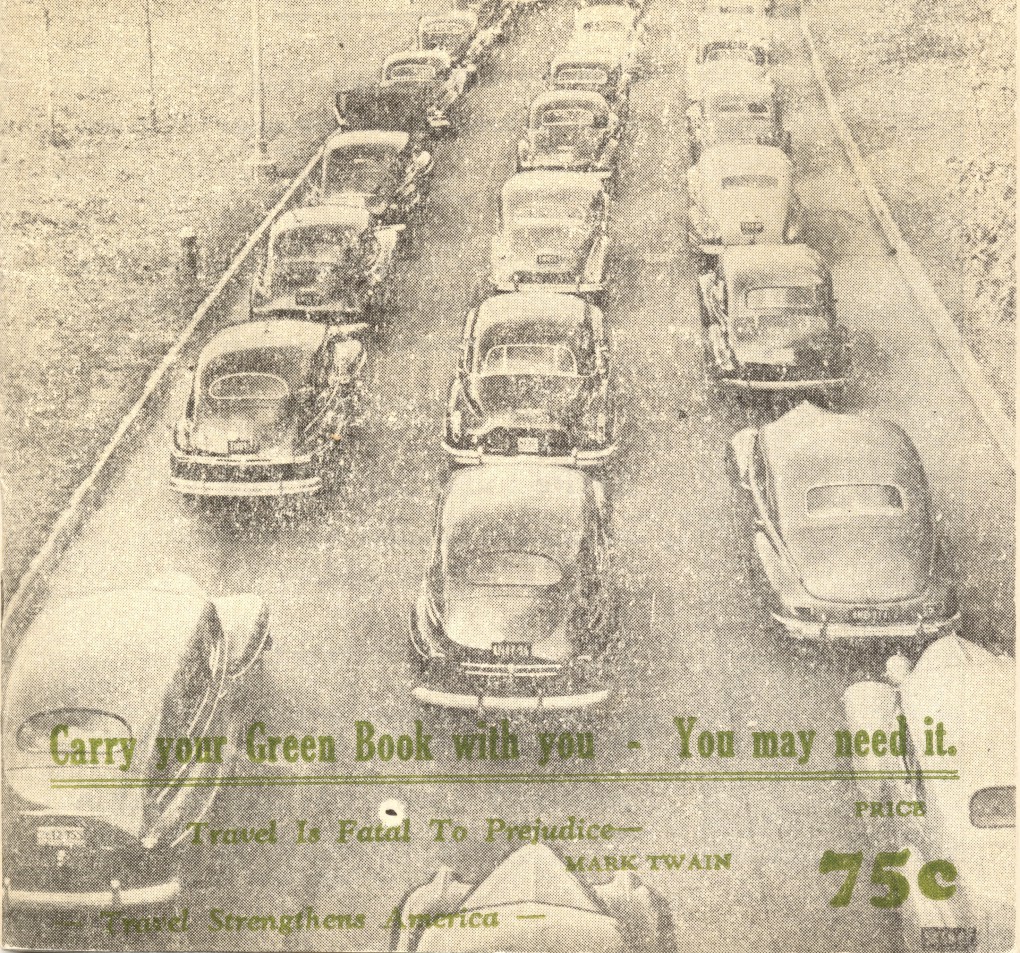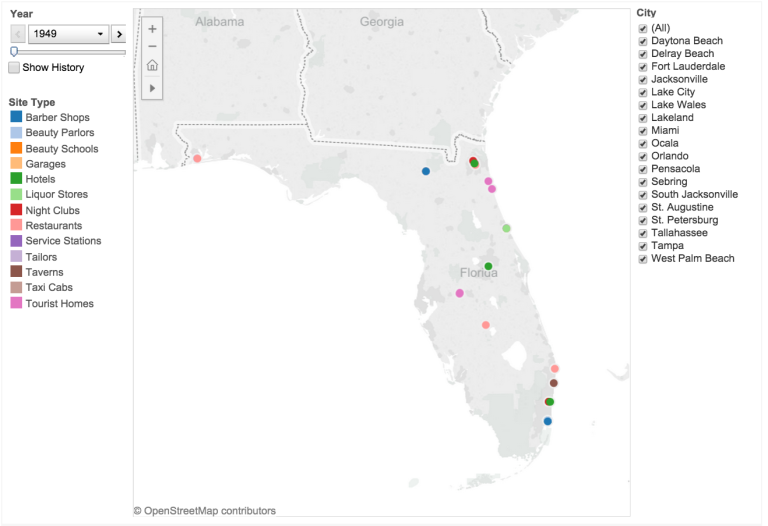“With the introduction of this travel guide in 1936, it has been our idea to give the Negro traveler information that will keep him from running into difficulties, embarrassments and to make his trips more enjoyable…
“…there will be a day sometime in the near future when this guide will not have to be published. That is when we as a race will have equal opportunities and privileges in the United States. It will be a great day for us to suspend this publication for then we can go wherever we please, and without embarrassment. But until that time comes we shall continue to publish this information for your convenience each year.”
-Introduction, The Negro Motorist Green Book, 1949
Mobility has always come at a great cost. For black Americans, the cost has been not just a matter of finances but rather life and death. The Green Book began to be published in 1936 three decades after the Ford Model T started to make automobile transportation more affordable to middle-class Americans. Those black motorists who used the Green Book between 1936-1966 had access to resources that many blacks did not. Even so, “traveling while black” during the era of Jim Crow could be extremely dangerous. Often black Americans who owned cars, property or businesses were more severely targeted by white segregationists. Gilbert King’s Devil in the Grove vividly documents the harassment and violence that black Americans faced in Groveland, Florida from white citizens and law enforcement in 1948 – a year prior to the publication of one of the digital copies of the Green Book. The massacre and destruction of the town of Rosewood in 1923 is an earlier documented event.
A postal worker and travel agent named Victor Green launched the Green Book as resource based on his own experiences and those of friends who had trouble traveling through segregated places that limited the businesses, restaurants, entertainment complexes and restrooms people of color could use.
Transportation equity continues to play a major factor in social inequality today which disproportionately affects black Americans. Affordability continues to be an issue as institutional racism limits the access that black Americans have to loans, education, employment, housing and simply moving about in public spaces. Walking, bicycling and driving while black, particularly as a black man, is still a targeted activity. A 2014 Washington Post article reported that black drivers are “31 percent more likely to be pulled over than whites; they are more than twice as likely to be subject to police searches as white drivers; and they are nearly twice as likely to not be given any reason for the traffic stop, period.” Tampa police purposely targeting black bicyclists. The murders of Trayvon Martin, Michael Brown, Walter Scott and Freddy Gray are cases over the past few years that have made headlines.
The Green Book contrasts the post cards in our physical exhibit in highlighting how literacy and communication technologies affected black communities differently depending on their socio-economic status and access to educational resources. Even with the racist legacy of circulating derogatory post cards, a postal worker decades later used his knowledge of the postal system to empower black travelers. Whether middle class or not, blacks have found ways to resist white supremacy and define their lived experiences and identities on their own terms in spite of on-going racism in American social, cultural and historical discourse.
Excerpts from the 1949 Green Book.
Excerpts from the 1956 Green Book.
Below is a screen shot of an interactive map depicting the Green Book listings for Florida in 1949 and 1956. Please click the image to view the visualization on Tableau Public. The listings are color coded by type of establishment. In 1949, there were several different types of listings. In 1956, only hotels, restaurants and tourist homes were listed.










